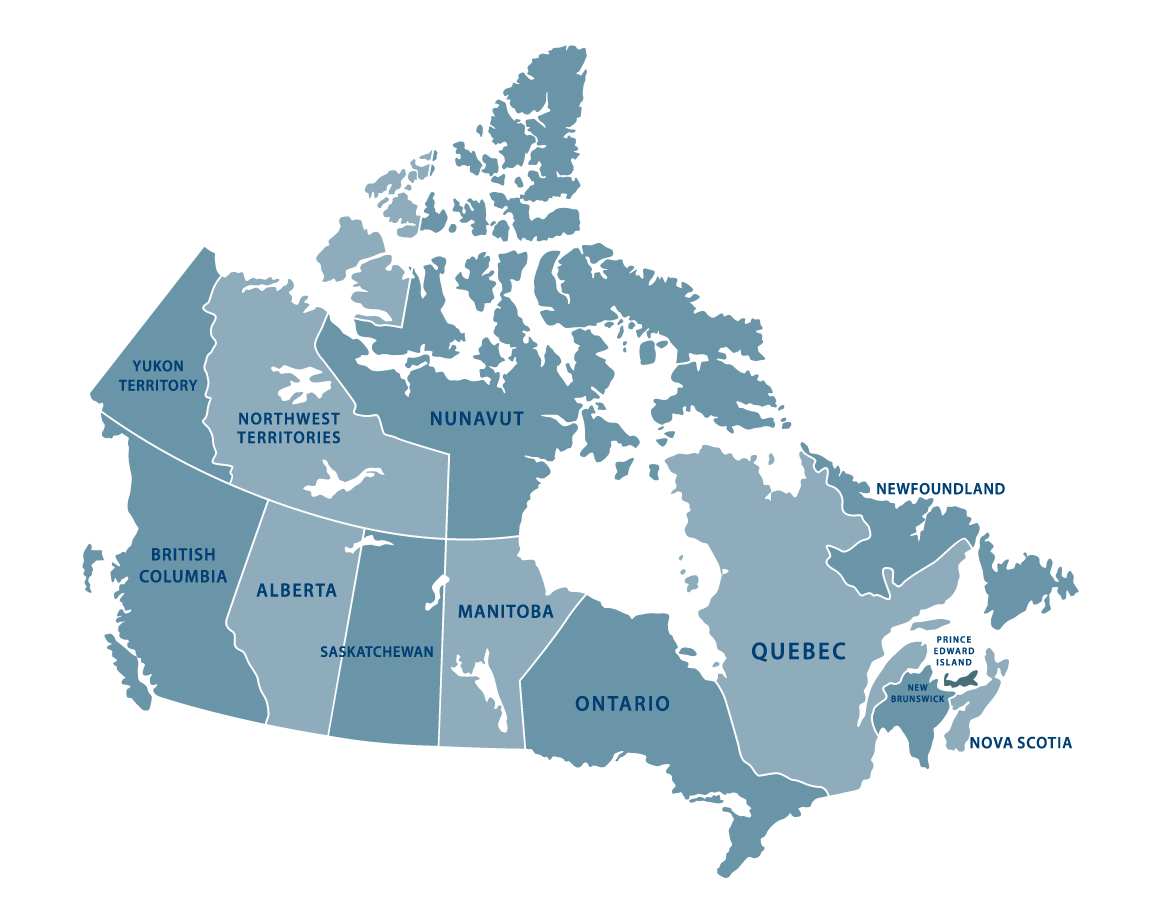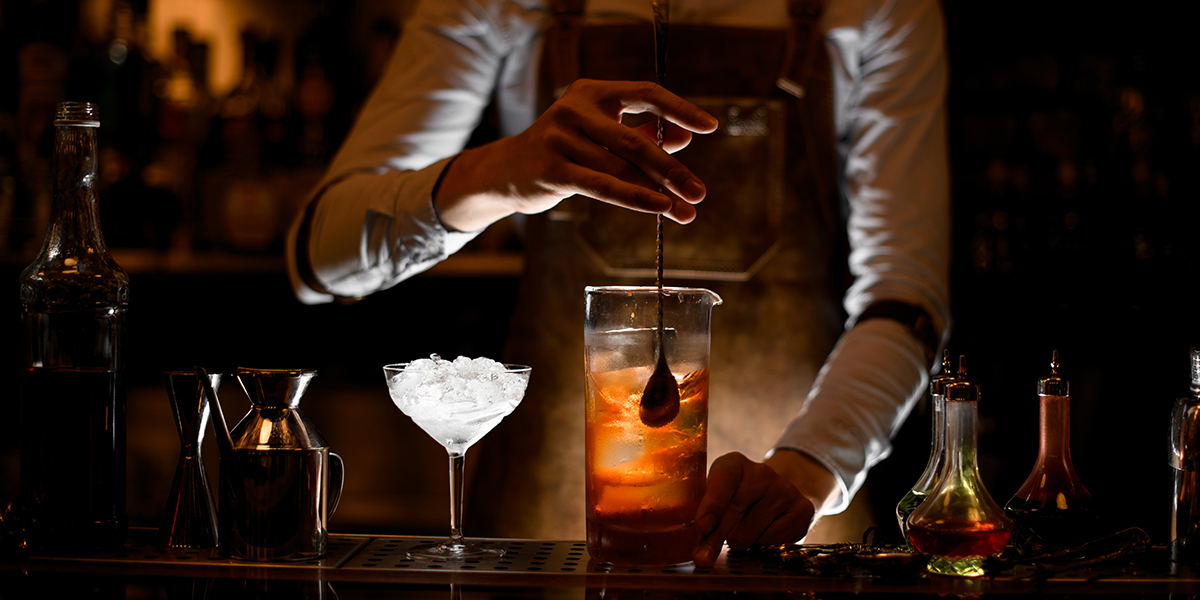In February, UK’s Finest had the pleasure of hosting our Food & Drink colleagues from the British Consulates-General in Canada for a webinar focussed on exporting Alcoholic Drinks and non-alcoholic products into the market.
Stretching 5500km from East to West Coast, Canada is one of the biggest countries in the world by geography and has a population of over 37 million people. UK products are regarded as high-quality by Canadians, and consumer tastes are similar to that of the UK, resulting in plenty of export opportunities for UK drinks suppliers.
Last year alone Canada imported CA$300 million (£175m) of alcohol from the UK, illustrating the huge thirst for UK made alcoholic beverages and the demand for spirits, wine and non-alcoholic drinks is predicted to continue in growth throughout 2022.
To successfully capitalise on Canada’s demand for beverage alcohol, it’s important to understand how each province operates when it comes to the importation, distribution and the sale of alcohol.
To prepare your UK business for entry into Canada, we’ve collated the key takeaways from the webinar, with insight into the provinces of Ontario, British Columbia, Alberta and Quebec, as well as information on the role of agents and the key trends happening right now. You can watch the full recording here.
It’s important to view Canada as a series of export markets due to the varying operations and trends from province to province. One product may sell well in Ontario, but may not suit consumer tastes in British Columbia, for example, so research is key.
Canada’s beverage alcohol market
- Unlike the UK, beverage alcohol in Canada is fully controlled by the government at a provincial level.
- Each province has a government liquor board or commission that is responsible for some, or all, of the importation, distribution and sale of beverage alcohol.
- The liquor boards buy the alcohol and set the wholesale price. Depending on which province you are in, the liquor board will either sell it themselves through a government run liquor store, or in some instances the products will be sold to a private retailer to be sold on to customers.
- Consumer tastes and how the local market works can affect the success of UK exports from province to province. It’s always best to view Canada as a series of export markets due to the varying operations and trends.
- Due to the purchasing calendar for many of the government liquor boards, it can take between 6-18 months to enter the market, and current shipping delays and challenges can extend this timeline.
The role of agents within Canada
- In order to import and enter the market in Canada, you as a supplier would need to appoint a liquor agent to represent you.
- The boards that are responsible for the retailing of the liquor also ask require that a liquor agent registered in the province submits the tender application on the behalf of you, the supplier.
- Agents do not take the title of goods, as they do not purchase the goods and are not the importer of record. They are there to facilitate the purchase.
- Agents can operate nationally, regionally or only in one individual province.
- As experts within their market, agents can support your business with:
- Developing your pricing strategy
- Submitting products to tender
- Recommending a retail strategy
- Executing marketing and sales activity
- Compliance consultations
- Market intelligence and competitor analysis
- Managing inventory and orders
- Media and PR relations
- Agents work on commission ranging from 10% – 20%, depending on the services agreed upon.
- Identifying the right agent for your business is crucially important. The Department for International Trade (DIT) Canada team builds relationships with agents at local level and can then facilitate introductions for UK companies with suitable agents after market research and due diligence has been completed.

Market Focus: Ontario – Population 14.8m
- Ontario is a government controlled market, operated by the Liquor Control Board of Ontario (LCBO).
- Every type of beverage alcohol product sold in Ontario comes through the LCBO, and they sell direct to consumers and licensees through an integrated distribution and retail network.
- There are some privately owned LCBO agency stores which operate in rural areas.
- The LCBO publish a purchasing calendar every year which outlines the products and categories they are looking to purchase and the deadlines for submitting products for tender.
- LCBO beverage alcohol revenues in 2020/21 were CA$7.1 billion
- Wine (CA$2.6 billion) and Spirits (CA$2.54 billion) are the most popular products within Ontario. The province purchased CA$350 million worth of spirits from the UK in 2020/21, making it the largest category for UK products.
- For more in-depth information on Ontario, watch back the webinar from 12:00 minutes.
Market Focus: Quebec – Population 8.6m
- Quebec’s liquor board is The Societe des Alcools du Quebec (SAQ) and operates a mixed public-private market. The provincial government body purchases and sells beverage alcohol throughout the province.
- All imported beers, spirits and bottled wine must be distributed through the SAQ.
- Quebec operates a tender process and will publish their calendar of what they are actively looking for in certain periods.
- The SAQ provides licenses to 400+ agency stores and wholesalers, who seller beer and wine to grocery stores and corner shops.
- SAQ alcohol sales totalled CA$3.6 billion in the year ending in March 2021.
- Wine is a huge category in the market, totalling CA$2.5 billion of sales, compared to spirits (CA$949 million) and beer, cider & coolers (CA$105 million).
- Gin sales increased by 46% compared to the previous year in Quebec, making it a very fast growing category in the province.
- For more in-depth information on Quebec, watch back the webinar from 17:00 minutes.
Market Focus: British Columbia – Population 5.2m
- British Columbia is the most western province in Canada and operates a mixed public-private retail market.
- The British Columbia Liquor Distribution Brand (BCLDB) is the provincial government body responsible for importing, distributing and wholesaling beverage alcohol.
- The BCLDB sells beverage alcohol at retail through 200 government owned stores, operated by BC Liquor Stores (BCL)
- BCLDB also sells beverage alcohol at wholesale price to private retailers and hospitality. There are 700 private liquor stores across British Columbia.
- Agents can sell through both private and public channels.
- BCLDB wholesale revenue to private stores was CA$1.7 billion in 2020, with BCL retail sales $1.54 billion, with combined sales roughly half the size of Ontario’s total beverage alcohol sales in the same year.
- Wine tops the list for retail sales in British Columbia (CA$1.27 billion) followed by spirits (CA$946 million) and beer (CA$1.1 million).
- For more in-depth information on British Columbia, watch back the webinar from 20:00 minutes.
Market Focus: Alberta – Population 4.4m
- In the province of Alberta, the Alberta Gaming and Liquor Commission (AGLC) is the provincial government body responsible for establishing and enforcing regulations and licencing for beverage alcohol sales, distribution and consumption.
- Alberta is the only fully privatised market for beverage alcohol in Canada, with no government operated retail channel, but the AGLC is the importer of record for all beverage alcohol entering the province.
- There is no purchasing calendar, meaning liquor agents can choose which products to import at any time throughout the year.
- Retail prices are typically the lowest in Canada due to the open market conditions but this also makes Alberta the most competitive market for alcohol beverage.
- Despite the small population in Alberta, there are 1,500 liquor stores (licensees) located across the province, with a high proportion of stores being chains. 50% of licensee sales go through grocery stores, with grocery retailers using beverage alcohol as a loss leader.
- AGLC wholesale revenue was CA$2.6 billion in 2020 (retail sales not available) and the most popular 2 categories were beer (CA$951 million) and spirits (CA$907 million).
- For more in-depth information on Alberta, watch back the webinar from 27:00 minutes.
Alcohol trends in Canada
- Food & Drink trends in Canada typically are a few years behind the UK market.
- Canadian consumers perceive UK beverage alcohol as a high-quality, craft product. The market has an appetite for premium products, resulting in plenty of opportunities for UK brands as consumers are willing to pay more for high-quality beverage alcohol.
- Canada is currently seeing a gin boom which is expected to continue to grow over the next few years. UK gin exports to Canada increased by 12% in 2020 as a result.
- Rum and tequila are emerging categories across Canada and are expected to take some market share away from gin in the future.
- Within the beer and cider categories, there is much more demand for domestic products made in Canada, resulting in declining imports of these categories.
- Many consumers are looking for low sugar, healthier alternatives and natural or organic ingredients across all beverage alcohol categories.
- English Sparkling Wine is a niche category, however this is due to a lack of consumer awareness rather than consumer tastes. Education about the product is expected to grow the demand of this category in the future.
- Non-alcoholic and low alcohol products are starting to trend too. Learn more about the Non-alcoholic market in Canada by watching the webinar from 34:00 minutes
- Make an impact by creating a brand presentation that is focussed on the Canadian market. Do not re-use a UK or US presentation.
- Offer a high quality product that has a point of differentiation compared to what is already available in market.
- Demonstrate you are an experienced exporter when pitching and presenting.
- Research the competition and understand labelling requirements. Remember, Canada is a bilingual country.
- Be committed to entering the market. Invest in marketing and advertising to drive brand awareness.
- Be prepared to be flexible on your starting price point.
- Find an agent that is suited to representing your brand in Canada. Research and due diligence is key!
- Once you have an agent, look to build a good relationship with them. Support and collaborate with them to maximise your outputs.
Watch the recording
|
|
Connect with Canadian agents & buyers on UK’s Finest
Interested in connecting with buyers from Canada? UK’s Finest currently has 11+ buyers on the marketplace from Canada, so log in below to start expanding your overseas network today.
*Statistics and figures were sourced by colleagues in the British Consulates-General from HMRC, except for figures regarding liquor board sales, which were sourced from the relevant liquor boards annual report.
